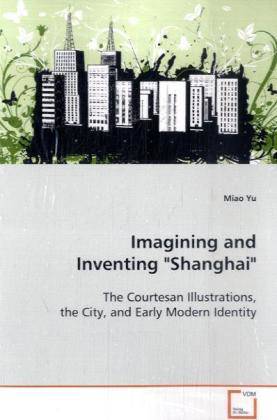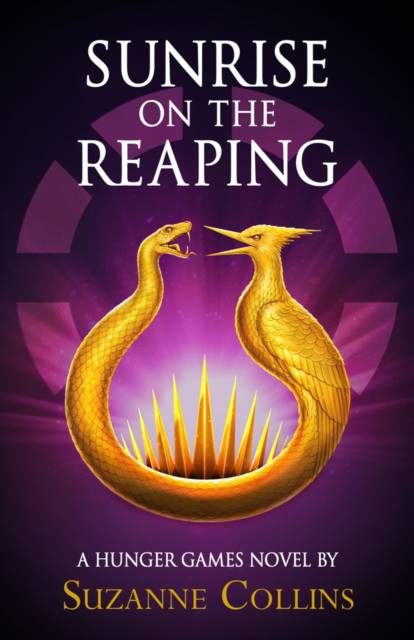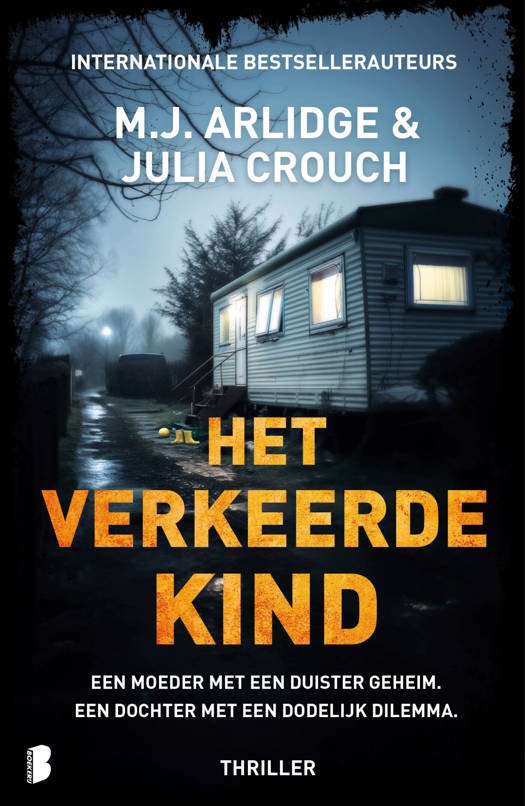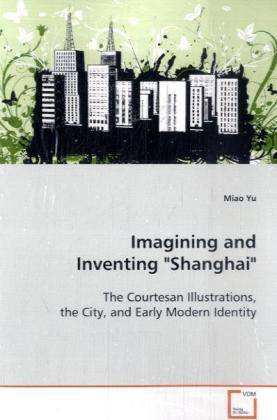
- Afhalen na 1 uur in een winkel met voorraad
- Gratis thuislevering in België vanaf € 30
- Ruim aanbod met 7 miljoen producten
- Afhalen na 1 uur in een winkel met voorraad
- Gratis thuislevering in België vanaf € 30
- Ruim aanbod met 7 miljoen producten
Zoeken
Imagining and Inventing "Shanghai"
The Courtesan Illustrations, the City, and EarlyModern Identity
Miao Yu
Paperback | Engels
€ 48,45
+ 96 punten
Omschrijving
As early as the 1850s, the advent of Western printing technology and the growth of a local leisure market gave rise to a commercial print industry in Shanghai. An interesting phenomenon was that, the Shanghai courtesan depicted in urban settings made up one of the core components of the representations of Shanghai in the entertainment press. This book provides an in-depth analysis on the representational modes and strategies of the Shanghai courtesan illustrations in the 19th-century entertainment press. Reading courtesan images from a wide range of printed artifacts, the author analyzes an "urban icono-graphy" based on the intertwined relationship between the urban con-text and the courtesan as an "urban beauty." By reading the courtesan images in parallel to the emerging urban metaphors of Shanghai in the late 19th century, the study sheds new light on how the courtesan's iconic images served as an ambivalent site where a variety of public sensibilities and opinions about the emerging metropolis were generated, mediated and expressed. This book appeals to anyone who is interested in Chinese modern visual culture, art history and urban study.
Specificaties
Betrokkenen
- Auteur(s):
- Uitgeverij:
Inhoud
- Aantal bladzijden:
- 88
- Taal:
- Engels
Eigenschappen
- Productcode (EAN):
- 9783639055191
- Verschijningsdatum:
- 9/10/2008
- Uitvoering:
- Paperback
- Formaat:
- Trade paperback (VS)
- Afmetingen:
- 152 mm x 229 mm
- Gewicht:
- 127 g

Alleen bij Standaard Boekhandel
+ 96 punten op je klantenkaart van Standaard Boekhandel
Beoordelingen
We publiceren alleen reviews die voldoen aan de voorwaarden voor reviews. Bekijk onze voorwaarden voor reviews.











